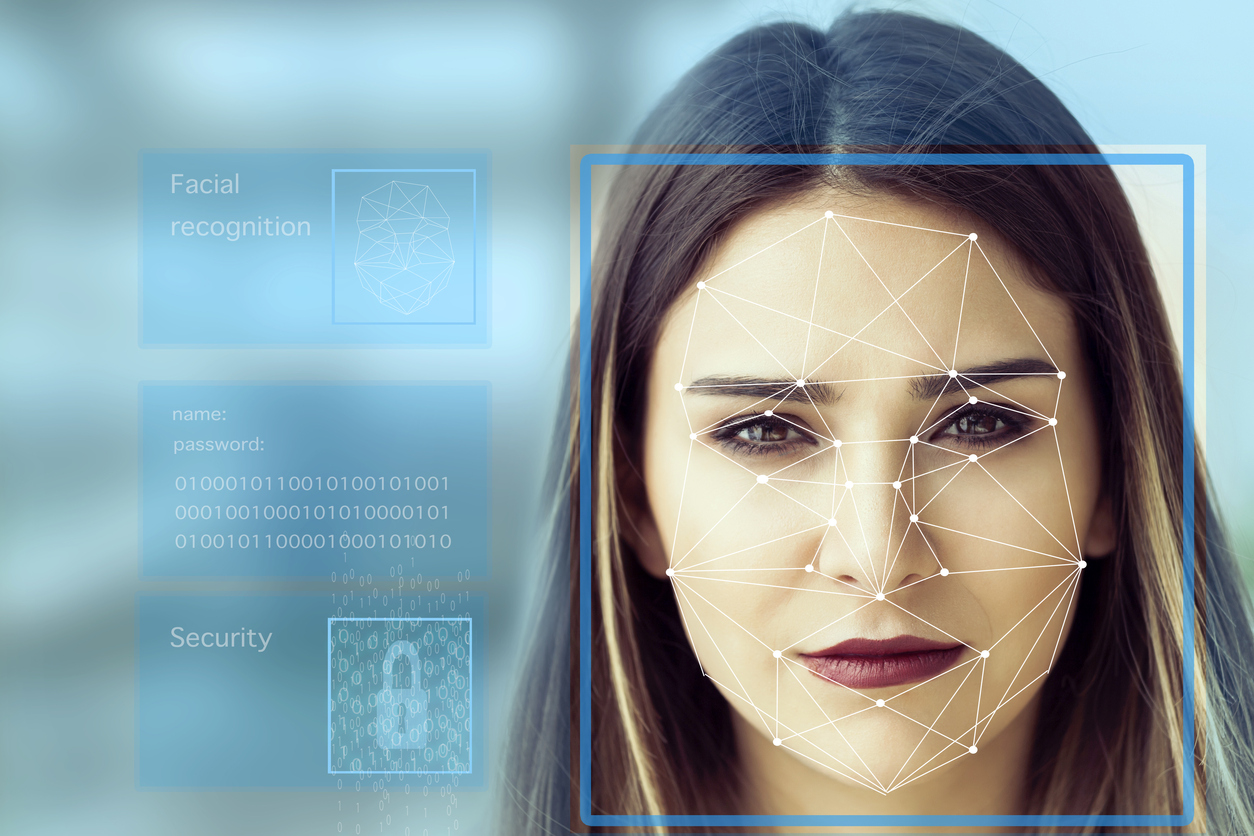Facial recognition has officially hit the airline industry. American Airlines has launched an initiative to utilize facial recognition technology at the boarding gate in order to allow passengers to skip through to security. Passengers can forego their boarding passes in exchange for a facial recognition scan, while security will still be checking IDs.
According to Business Insider, American Airlines has rolled out the facial recognition technology at Gate D at the Dallas.Fort Worth International Airport. However, the company plans to expand the program to include 75 additional boarding gates in the near future.
As it stands the program is not mandatory, but instead passengers can opt-in beforehand. American Airlines will still be accepting ID at the boarding gate, so for those of us worried over privacy concerns, there is no need to be scanned. In any event American Airlines has assured customers that no biometrics data will ever be stored.
This trend seems to represent an opportunity for integrators when it comes to facial recognition and access control technology. With over 5,000 public airports in the United States alone, if each installed facial recognition tech that would be a ton of new bids for the integration industry.
However, perhaps this push by the airlines could start a trend that extends far beyond the industry. Think of all the places that require an ID in order to enter. Commercial offices, government facilities, college dormitories, and more. Any of these spaces could quickly become a candidate for facial recognition technology.
If the past several years have taught us anything, it’s that we’re happy to give up privacy in exchange for convenience. Despite constant online anger at companies that collect data, few of us have actually logged off Facebook or handed in our smartphones. I predict the same will be true for facial recognition technology – an up-front protest will give way to a long-term acceptance when passengers can arrive for flights 30-minutes later than usual, ushered through by the convenience of facial recognition. Once taken on in airports, it’s a small leap to the other facilities mentioned above.
Brush up on your facial recognition integration, looks like you might need it in the coming years.










